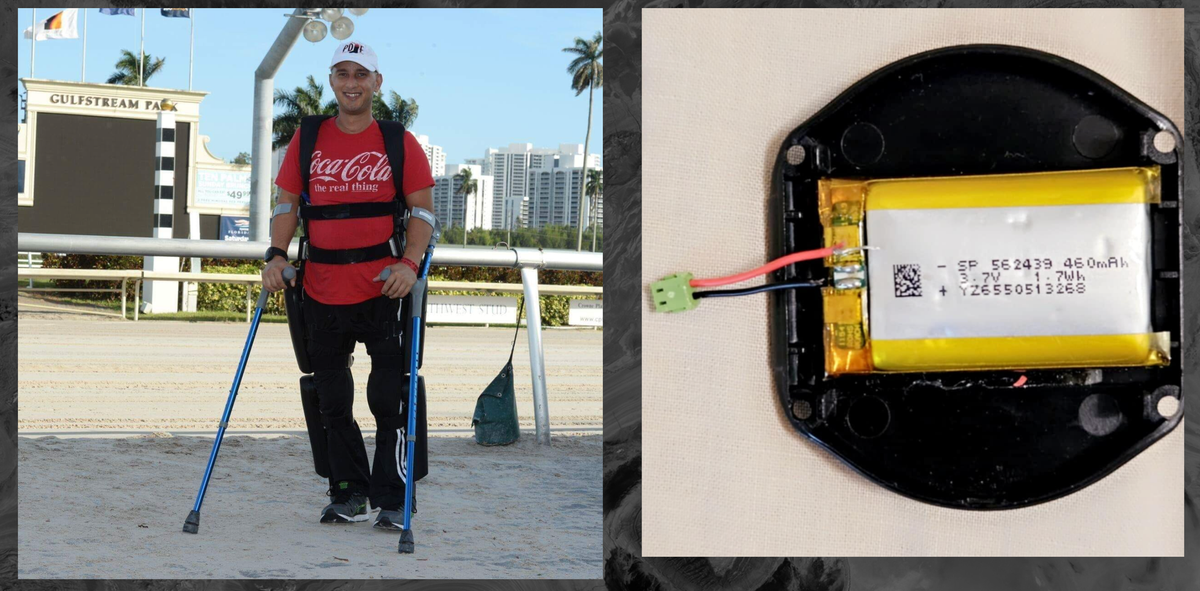Apologies for posting a pay walled article. Consider subscribing to 404. They’re a journalist-founded org, so you could do worse for supporting quality journalism.
Trained repair professionals at hospitals are regularly unable to fix medical devices because of manufacturer lockout codes or the inability to obtain repair parts. During the early days of the COVID-19 pandemic, broken ventilators sat unrepaired for weeks or months as manufacturers were overwhelmed with repair requests and independent repair professionals were locked out of them. At the time, I reported that independent repair techs had resorted to creating DIY dongles loaded with jailbroken Ukrainian firmware to fix ventilators without manufacturer permission. Medical device manufacturers also threatened iFixit because it posted ventilator repair manuals on its website. I have also written about people with sleep apnea who have hacked their CPAP machines to improve their basic functionality and to repair them.
PS: he got it repaired.



I still miss the narrow window in which you could make use of paging without technically being in protected mode. Basically there was like one revision of the 386 where you could set the paging bit but not protected mode and remain in real mode but with access to paging meaning you got access to paging without the additional processor overhead of protected mode. Not terribly useful since it was removed in short order, but neat to know about. Kinda like how there were a few instructions that had multiple opcodes and there was one commercially distributed assembler that used the alternative opcodes as a way to identify code assembled by it. Or POP CS - easily the most useless 80086 instruction, so useless that the opcode for it got repurposed in the next x86 processor.